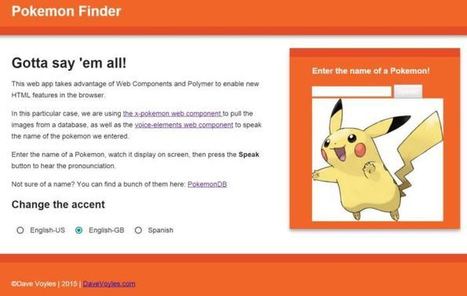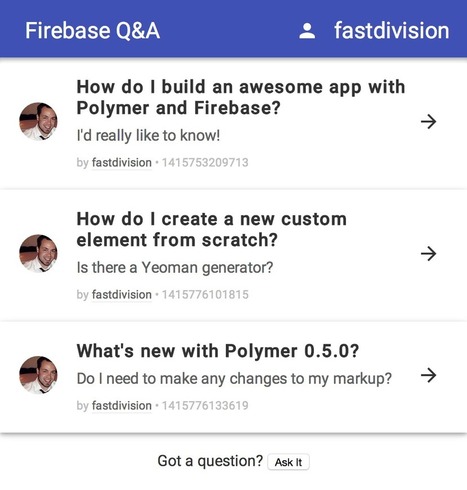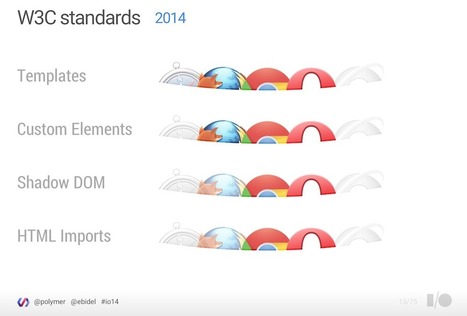Today, we’ll be building a realtime collaborative to-do application, where task status is synced in realtime across all connected devices as their state is changed. We’ll use Polymer to build our application, and PubNub to send and receive updates between connected devices, and to sync state.
Research and publish the best content.
Get Started for FREE
Sign up with Facebook Sign up with X
I don't have a Facebook or a X account
Already have an account: Login

Keeping track of current JavaScript Frameworks that help design your clientside Business Logic Layers.
Curated by
Jan Hesse
 Your new post is loading... Your new post is loading...
 Your new post is loading... Your new post is loading...
No comment yet.
Sign up to comment
|

aelena's comment,
March 4, 2014 5:10 AM
thanks for commeting... just one more question, Was it something you think can be practical and feasible in a real live environment or is it more of an academic exercise?
|




























